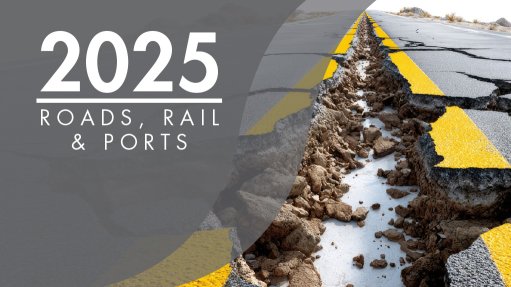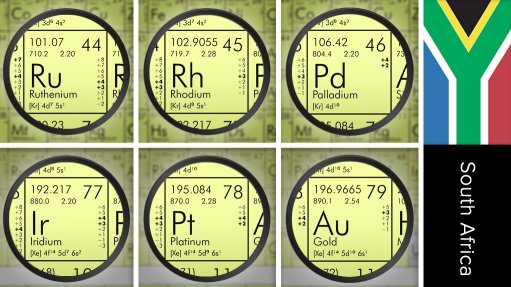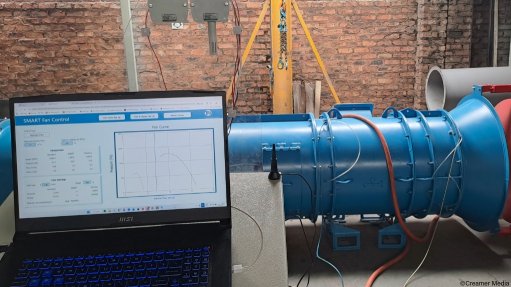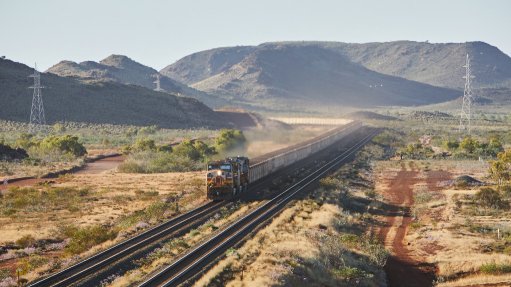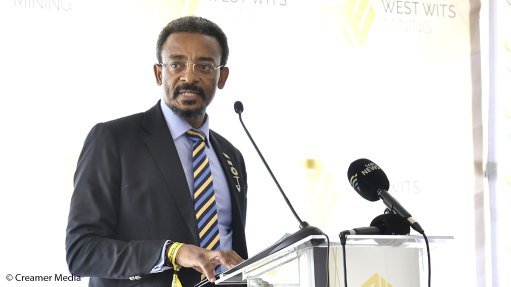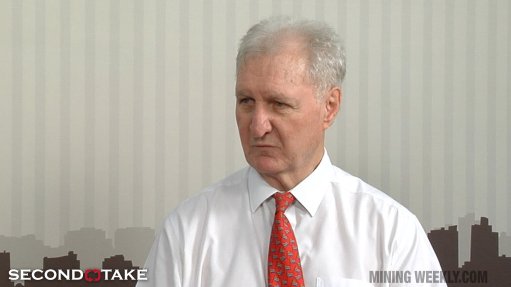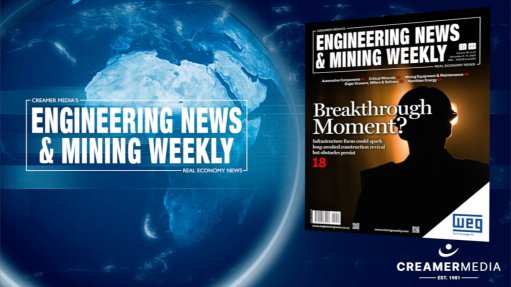Education, training bolster development

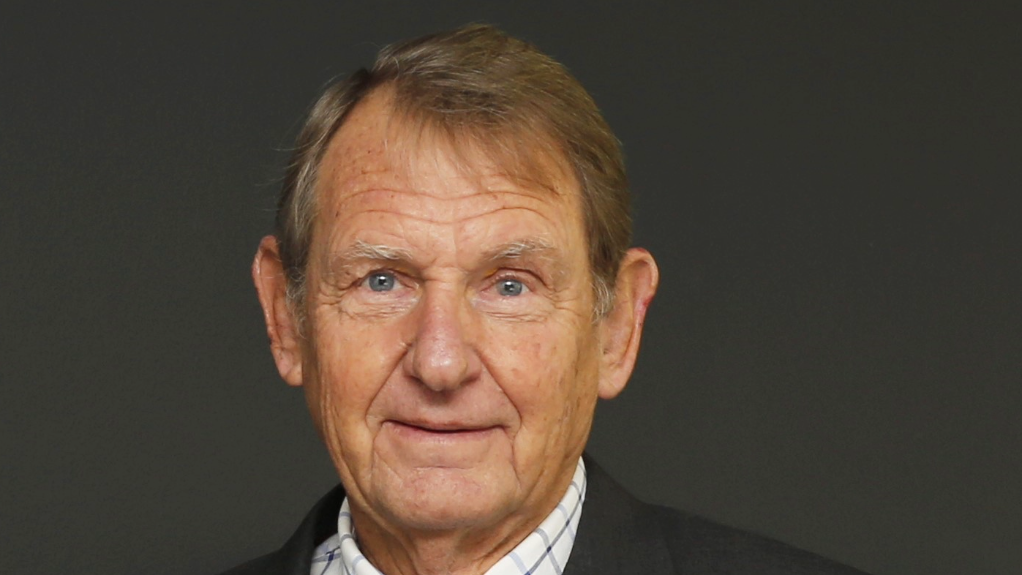
JOHN SAMUEL Samuel says that SAICE supports the professional development of engineering personnel through mentorship and ongoing education to improve the civil engineering profession and the construction industry
It is possible to bridge South Africa’s engineering and construction sector capacity gaps through education and training initiatives that provide a strong foundation for future infrastructure development projects, says civil engineering professional body South African Institution of Civil Engineering (SAICE).
The existing infrastructure gaps – owing to the lack of infrastructure maintenance, operationality, investment and skilled engineers – are not insurmountable, says SAICE advocacy committee members John Samuel and Wynand Dreyer who are both public–private partnerships (PPP), Private Sector Participation (PSP) and infrastructure operations and maintenance experts.
The institution supports the professional development of engineering personnel through mentorship and ongoing education.
“SAICE encourages the appointment of competent engineering personnel to positions of leadership in national and provincial departments, State-owned companies and municipal-owned companies that have technical infrastructure in their mandate.”
Dreyer notes that the institution also wants to see the return of the City Engineer to the position of overall leadership of metropolitan-owned entities that provide engineering services for their constituents.
SAICE, as a trusted education and training provider, ran a course earlier this year – “What Does it Take to Put a Public-Private Partnership Together?” presented by Dreyer and Samuel which attracted 19 engineering officials employed by the City of Cape Town.
The city is showing the result of this learning, going out to tender on two major water infrastructure projects using the PPP model.
According to Samuel, examples of the PPP model include the new wastewater treatment plant in Faure, and a desalination plant, in Paarden Eiland – which will enhance water supply without having to tap into surface water resources. “The initiative taken by City of Cape Town officials will see these projects delivered by the private sector’s development skill, funding, operation and maintenance for a defined and lengthy contract period,” says Samuel.
Dreyer adds that, given the “tenuous confidence” that has become evident in the business community, owing to the reforms enacted by government, it is important that government leverage partnerships with the private sector, State-owned companies and key industry stakeholders to mitigate the erosion of business confidence.
Samuel insists that government should boost confidence by implementing the enabling laws and policies stipulated in the White Papers promoted by Operation Vulindlela, which is a joint initiative of the Presidency and National Treasury to accelerate the implementation of structural reforms and support economic growth through the modernisation of industries, specifically electricity, infrastructure, water, transport and digital communications.
“The interventions of business in the presidential crisis committees have been central to the pursuit of an investment-friendly environment for infrastructure development by private-sector participants. We cannot afford any more delays in implementation of the reform programme. White Papers and policy frameworks need to be converted into laws and regulations and then activated [as soon as possible],” he concludes.
Article Enquiry
Email Article
Save Article
Feedback
To advertise email advertising@creamermedia.co.za or click here
Press Office
Announcements
What's On
Subscribe to improve your user experience...
Option 1 (equivalent of R125 a month):
Receive a weekly copy of Creamer Media's Engineering News & Mining Weekly magazine
(print copy for those in South Africa and e-magazine for those outside of South Africa)
Receive daily email newsletters
Access to full search results
Access archive of magazine back copies
Access to Projects in Progress
Access to ONE Research Report of your choice in PDF format
Option 2 (equivalent of R375 a month):
All benefits from Option 1
PLUS
Access to Creamer Media's Research Channel Africa for ALL Research Reports, in PDF format, on various industrial and mining sectors
including Electricity; Water; Energy Transition; Hydrogen; Roads, Rail and Ports; Coal; Gold; Platinum; Battery Metals; etc.
Already a subscriber?
Forgotten your password?
Receive weekly copy of Creamer Media's Engineering News & Mining Weekly magazine (print copy for those in South Africa and e-magazine for those outside of South Africa)
➕
Recieve daily email newsletters
➕
Access to full search results
➕
Access archive of magazine back copies
➕
Access to Projects in Progress
➕
Access to ONE Research Report of your choice in PDF format
RESEARCH CHANNEL AFRICA
R4500 (equivalent of R375 a month)
SUBSCRIBEAll benefits from Option 1
➕
Access to Creamer Media's Research Channel Africa for ALL Research Reports on various industrial and mining sectors, in PDF format, including on:
Electricity
➕
Water
➕
Energy Transition
➕
Hydrogen
➕
Roads, Rail and Ports
➕
Coal
➕
Gold
➕
Platinum
➕
Battery Metals
➕
etc.
Receive all benefits from Option 1 or Option 2 delivered to numerous people at your company
➕
Multiple User names and Passwords for simultaneous log-ins
➕
Intranet integration access to all in your organisation






